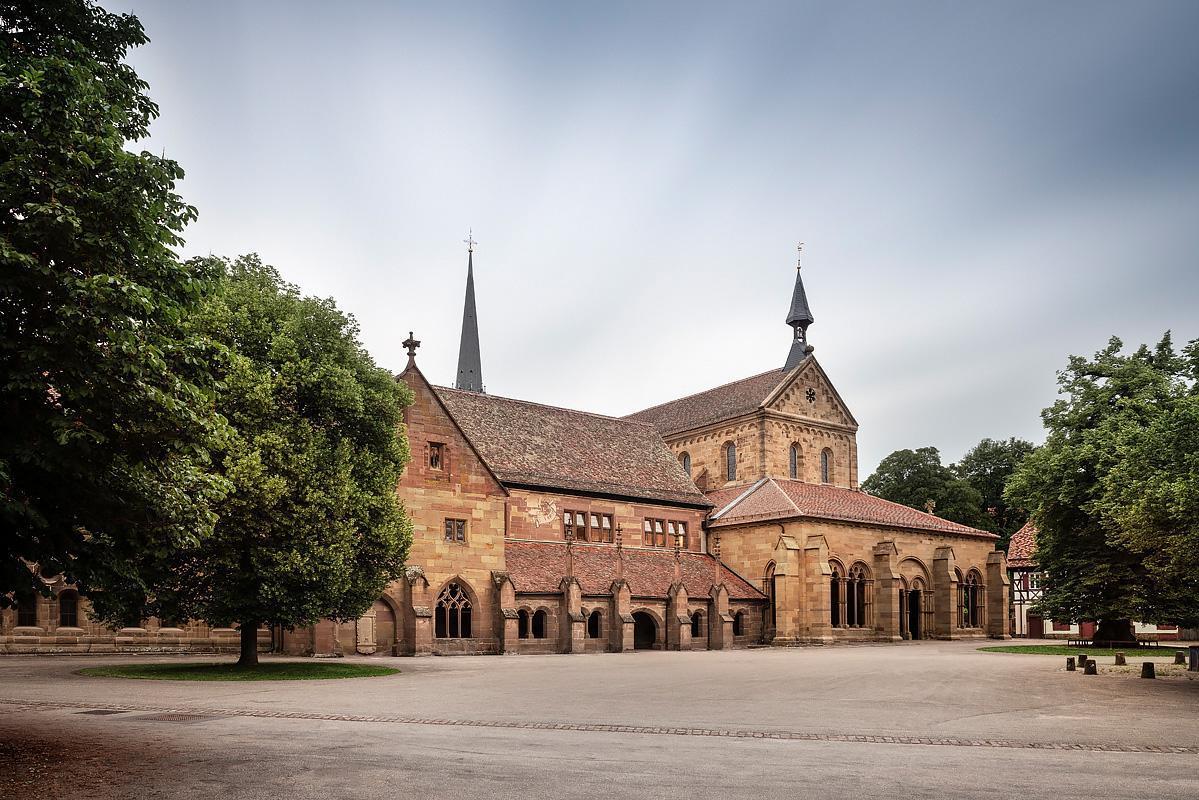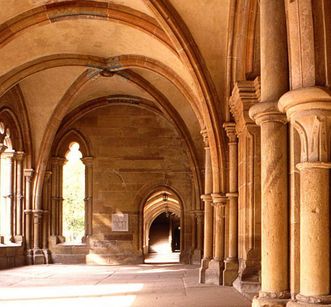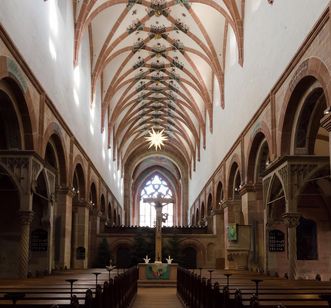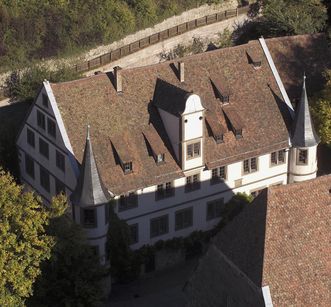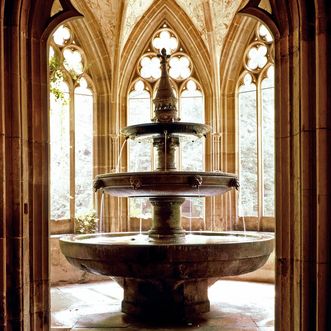EARLY GOTHIC INNOVATIONS
The monastery church, consecrated in the 12th century, and the hermitage were originally built in the Romanesque style. In the early 13th century, the architect of the Paradise introduced early Gothic elements into the monastery with the construction of the narthex, monks' refectory and the south wing of the cloister. The fountain house, the lay refectory and the hospital corridor are also from that time. The monks also expanded their monastery with numerous impressive outbuildings in the western monastery courtyard.



